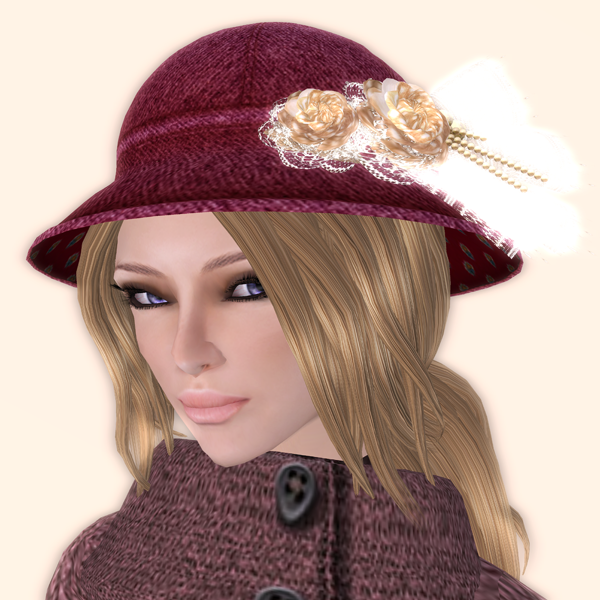 Nothing is more glamorous than a chenille scarf around your neck. In this cold weather, nothing is also warmer.
Nothing is more glamorous than a chenille scarf around your neck. In this cold weather, nothing is also warmer.Here's a must-have scarf, only $4.99, that comes in beautiful red, grey, brown, silver and many more colors. From GreatLookz.com:
If you're a crocheter (and we all should be!), try this beautiful chenille yarn, only $
 8.50 for the 98 yards (plenty for a plush scarf) from The Yarn Co. Looking for a pattern? My favorite site for plenty of ideas is Crochet Pattern Central. Now you can cozy up in front of the fireplace and create!
8.50 for the 98 yards (plenty for a plush scarf) from The Yarn Co. Looking for a pattern? My favorite site for plenty of ideas is Crochet Pattern Central. Now you can cozy up in front of the fireplace and create!









